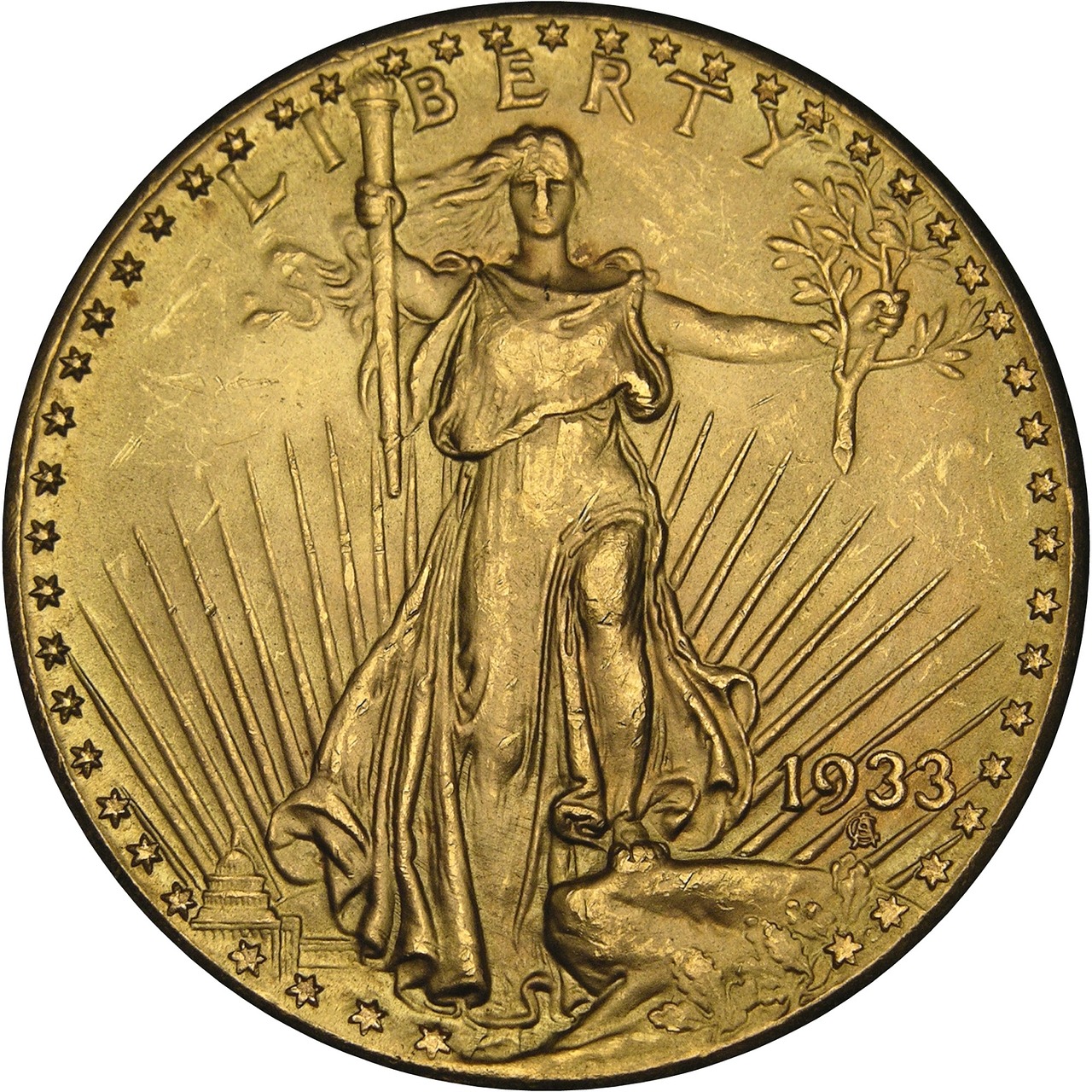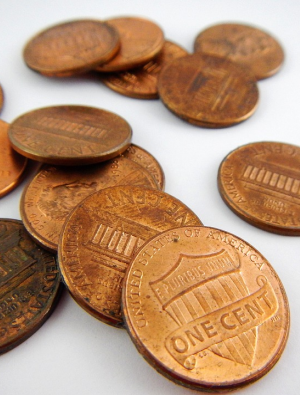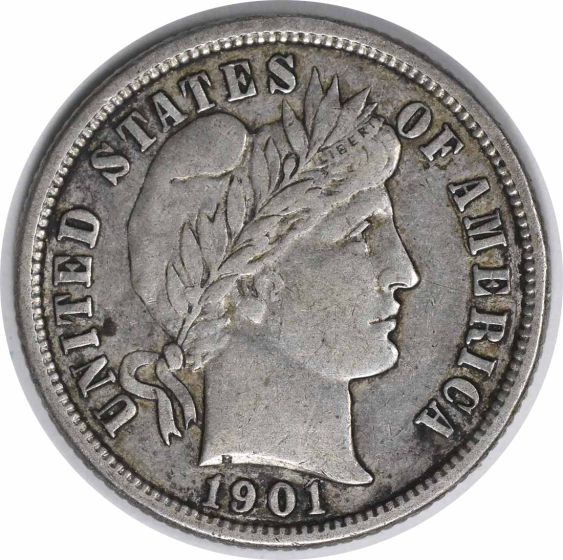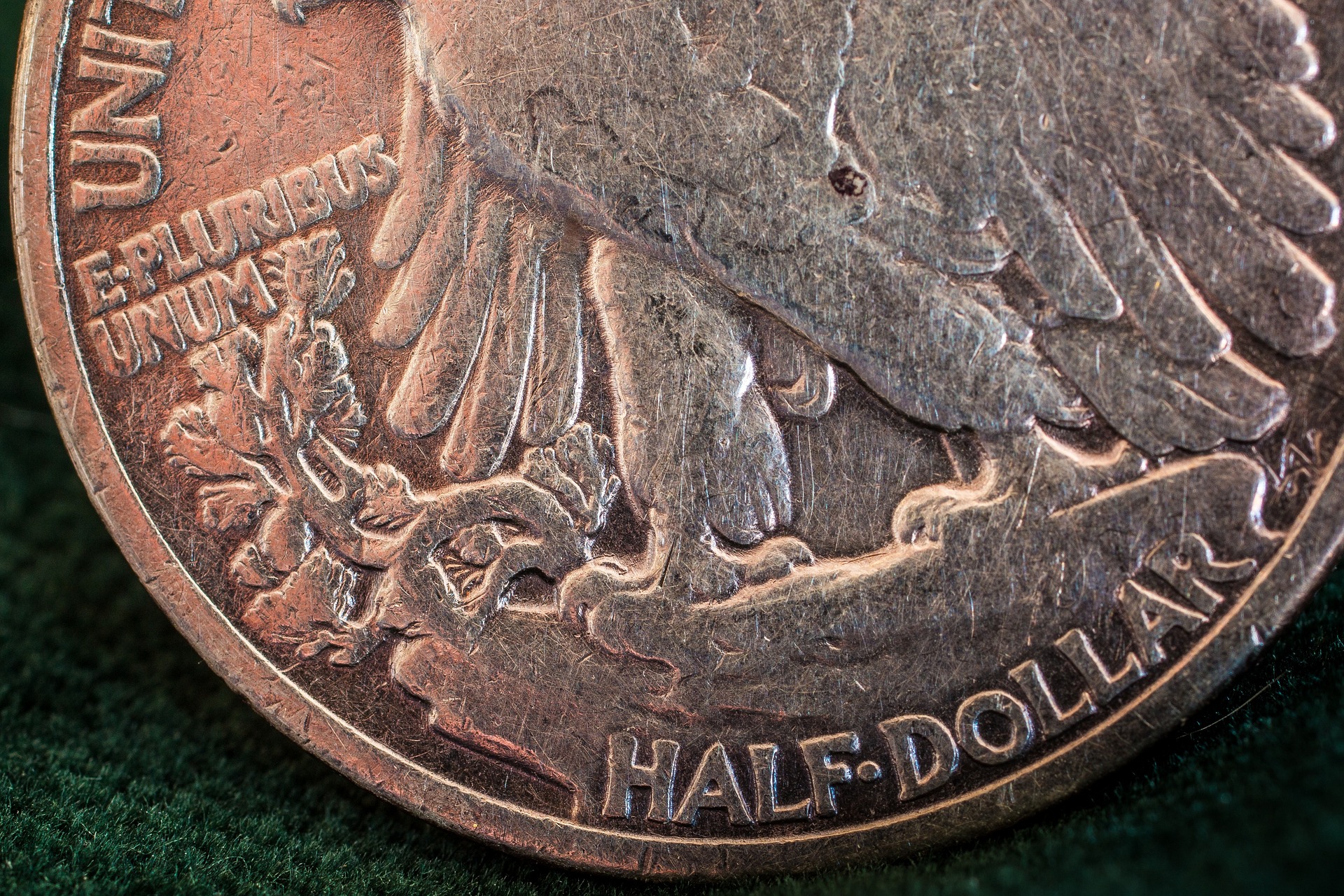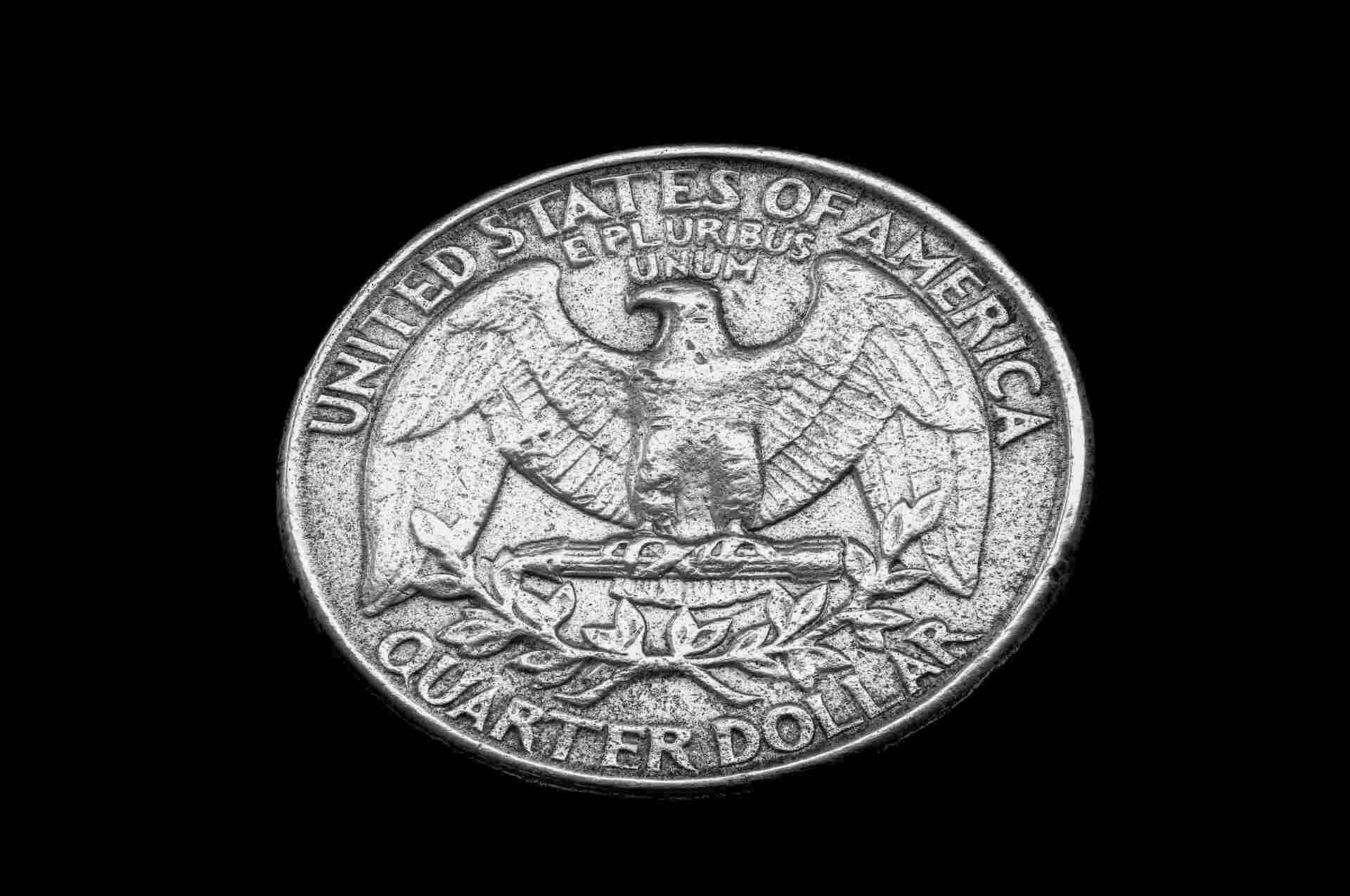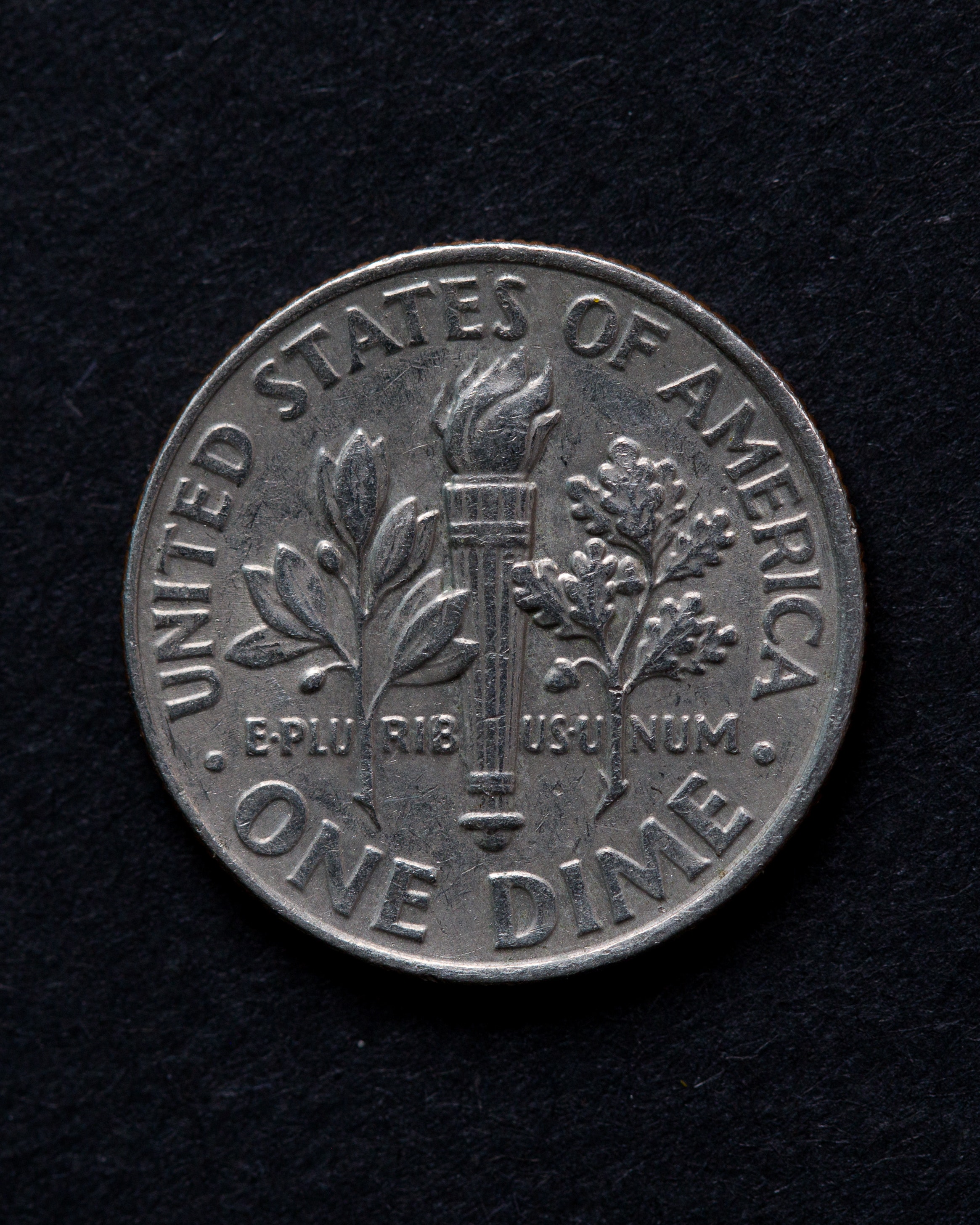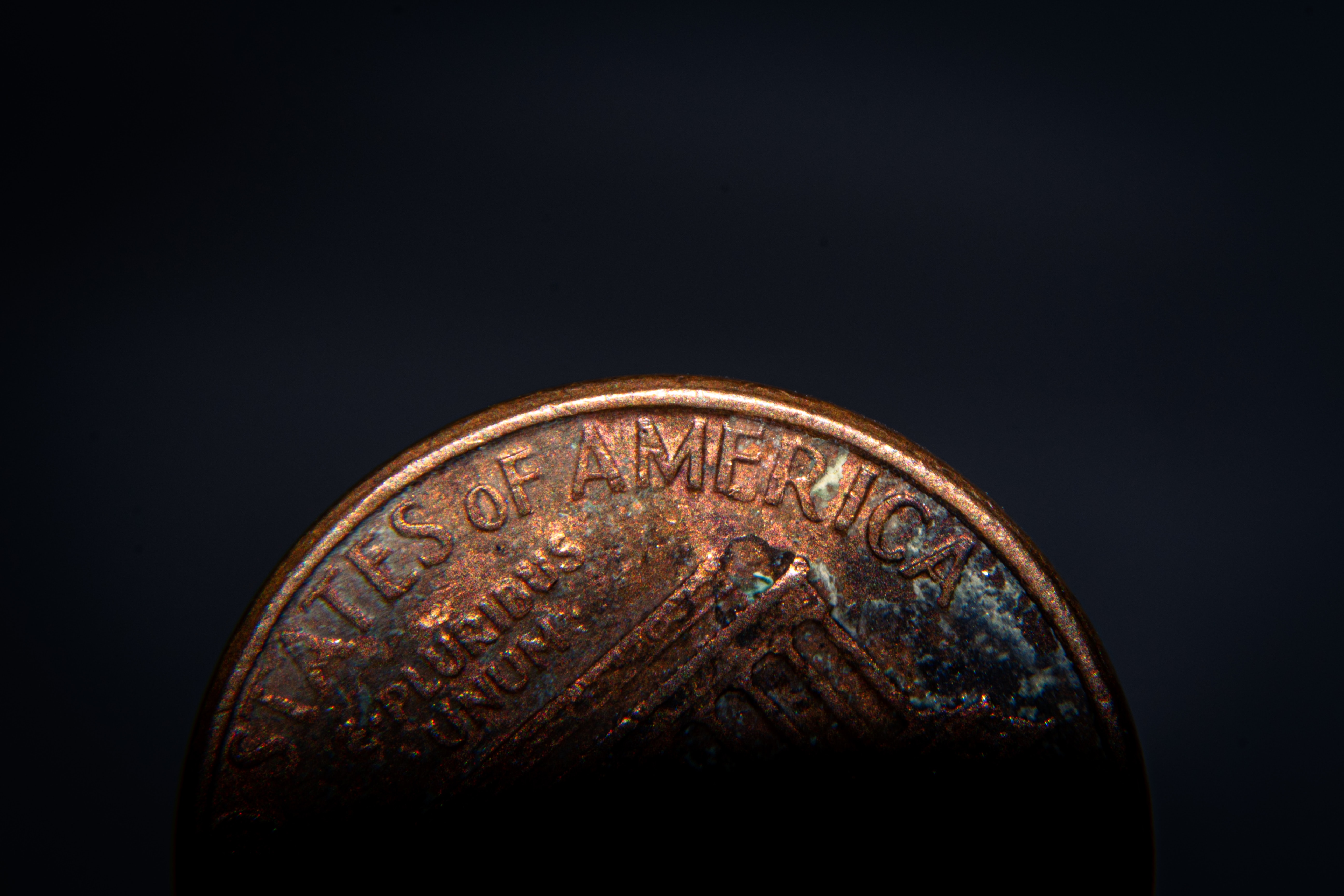How Coins Are Made: The Process from Start to Finish
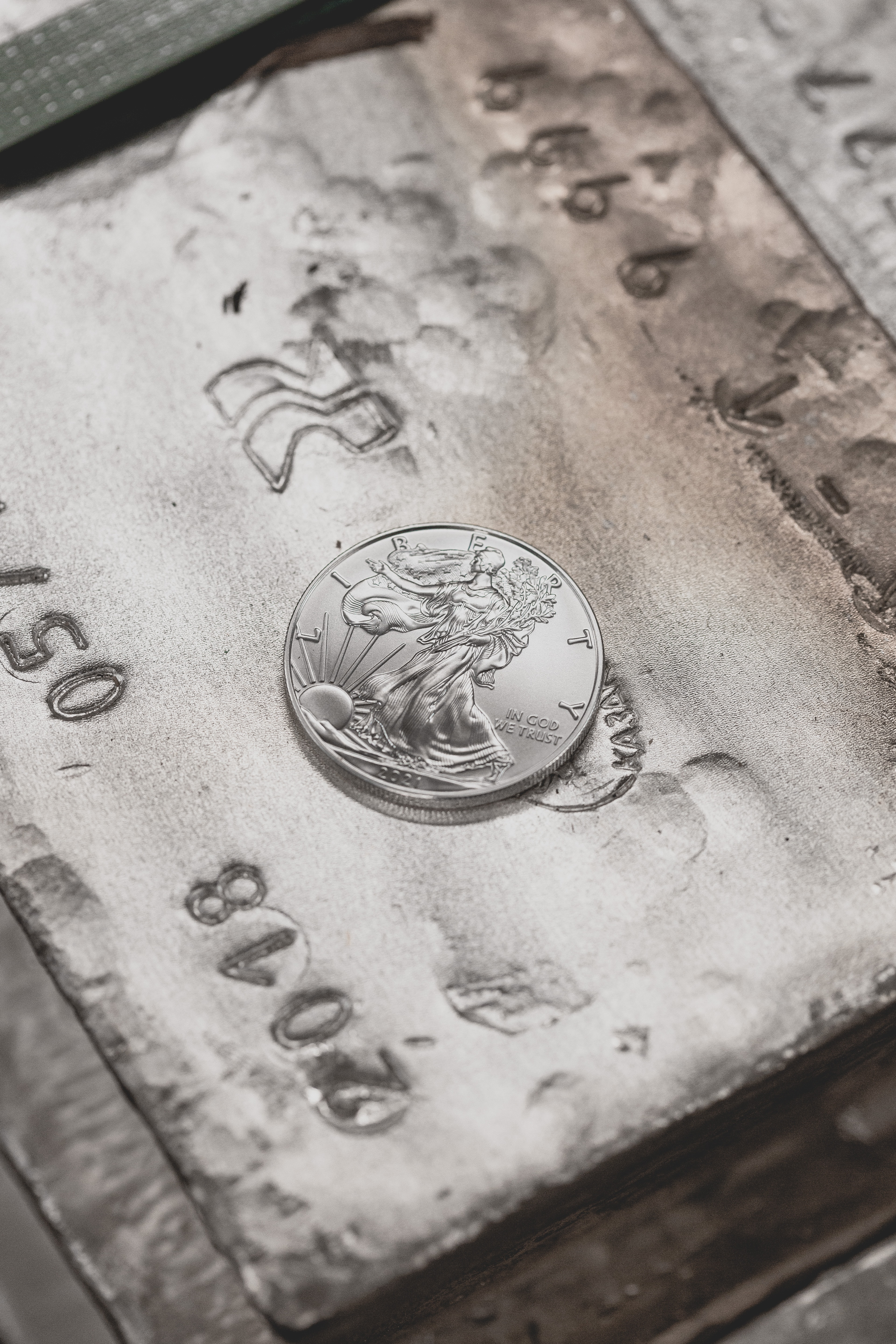
Coins have been an integral part of human society for thousands of years. But have you ever stopped to think about how exactly coins are made? The process of creating coins is fascinating and involves several intricate steps, from the US coin’s initial design process to striking. In this blog, we'll take a deep dive into the world of coin production from start to finish.
Designing
The first step in making a US coin is designing it. Usually, one artist is chosen to come up with the initial design. They then work together with other artists and engravers to perfect it and create a design that is both aesthetically pleasing and functional. The design must be able to fit onto the surface of the coin and include all necessary information, such as the denomination, the issuing authority, and mint mark. From small dimes to large silver dollars, each intricate design is unique and meaningful.
Creating Blanks from Raw Materials
The next step in how coins are made is obtaining the raw materials and creating blanks. Most coins are made from metals like copper, nickel, or zinc, and these metals are obtained from mines around the world before being processed into sheets or coils. The thickness of the sheets will depend on the denomination of the coin being produced.
Once the sheets have been processed, they are sent to a mint where they are cut into round blanks. This process is called "blanking" and is done using a punching machine. This machine does exactly what it sounds like: it punches out circular disks of metal that are slightly larger than the finished coin. The only exceptions are pennies, numismatic coins, and bullion, which are bought by the Mint.
Creating the Dies
Once the US coin’s design has been finalized and the blanks are annealed and upset, a master die is created. This metal stamp is a crucial tool in the process of how coins are made, and is used to imprint the design onto the coin’s surface. The master die is created using a process called hubbing, which involves pressing the design into a soft metal blank called a hub. This creates a raised image of the design on the hub, which is then used to create the master die.
The master die is then used to create working dies, which are the stamps that will actually be used to strike the coins. The working dies are made by a process called hobbing, which involves impressing the design onto a metal disc, called a hob. This creates a negative image of the design on the hob, which is then used to create the working dies.
Striking
With the working dies and completed planchets in hand, the most critical step in how coins are made can begin. Once the planchets have been prepared, they are annealed, which involves heating them to a high temperature and then cooling them rapidly. This makes the metal more malleable and easier to stamp. They’re then washed to remove any dirt or debris that may have accumulated during the blanking process.
Next, the blanks are "upset." This process involves using a machine to raise the rim of the blank to create a raised edge, turning the blank into a planchet. This raised edge is an important step in how coins are made because it will eventually help to protect the design on the coin from wear and tear.
The planchets are then loaded into a coining press and placed between two dies, which are engraved with the US coin design. The top die is then struck with a hammer or press, which transfers the design onto the blank. The press applies a tremendous amount of force to the planchet during this process, causing the metal to flow into the recesses of the die and create a raised image of the design on the coin’s surface.
Finishing
Once the coin has been struck, it is sent to be finished. This is an important step in how coins are made and involves removing any excess metal around the edge of the coin, smoothing out any rough spots, and adding any final touches to the design. The coin is also inspected to make sure that it meets the quality standards set by the mint. Any US currency found to be defective or off-spec are removed from the production line and melted down to be reused.
Packaging and Distribution

The final step in how coins are made is their distribution to the public. The coins are packaged and shipped to collectors, banks, and other financial institutions. The packaging will vary depending on the destination of the coin. For example, coins destined for circulation will be packaged in rolls, while coins for collectors may come in special cases or display boxes.
Every Coin has a Story
In the end, coins are much more than just small pieces of metal we use to make transactions. From the intricate design process to the rigorous quality checks, every step in the process of how coins are made is a testament to the skill and dedication of those who create them. So the next time you hold a coin in your hand, take a moment to marvel at the intricate details and the incredible journey it took to get there.
At L&C Coins, we believe that every coin tells a story and represents a unique piece of history. Whether you are a seasoned collector or just starting out, we invite you to explore our vast selection of coins and discover the many fascinating stories that they have to tell. Dive into our selection by exploiting our new arrivals, or check out our weekly specials to enjoy deals on the coins you’ve been looking for.



